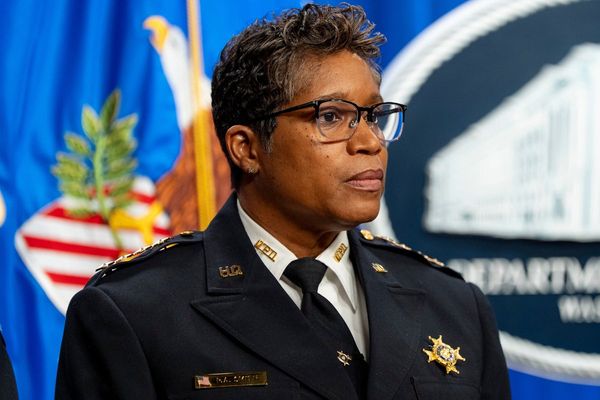Traditional diplomacy is no longer the only tool in international relations as states increasingly rely on discreet, behind-the-scenes negotiations.
Formal diplomatic meetings are still significant in today’s world, but a new approach is quietly shaping international affairs. This method, often unnoticed by the public, involves informal communication channels, intelligence-based analysis, and indirect negotiations. Governments use these tools to pursue foreign policy objectives more flexibly and with less political risk.
According to Tugba Koc, “Intelligence diplomacy is done in informal terms and classical diplomacy is done in formal terms. We do the informal one first and then turn it into the formal one. This is our new diplomacy model.” She explains that this hybrid strategy allows governments to respond quickly and strategically to emerging issues without the pressure of formal declarations or public scrutiny.
Managing conflicts without direct confrontation
One of the key advantages of this approach is its ability to manage sensitive topics more effectively. Rather than relying solely on visible, official dialogue, states prefer indirect communication that allows more room for negotiation and trust-building. As Koc puts it, “Generals win wars, but intelligence officers write about victories won without fighting.”
These backchannel efforts provide governments with the ability to act proactively. Quiet diplomacy helps de-escalate tensions in regions where direct negotiations may not be feasible or timely. In some cases, informal talks serve as a foundation for more permanent agreements later on.
Digital tools transform diplomatic practices
In the digital age, diplomacy is also evolving through the use of data analytics, cybersecurity, and AI-supported intelligence tools. States are now combining traditional diplomacy with these digital instruments to enhance their decision-making capabilities.
As Tugba Koc notes, “In some international crises and sensitive inter-state issues, intelligence diplomacy is a process management in which intelligence services are involved instead of direct diplomatic negotiations.” This shift reflects a growing trend toward low-profile but high-impact diplomatic engagements.
New focus areas on the global map
Regions such as Africa, Central Asia, and Southeast Asia are becoming more relevant in this context. Governments are building quiet partnerships and deepening their knowledge-based strategies in these geographies, positioning themselves more effectively on the global stage.
Ultimately, diplomacy is no longer only about visible negotiations and photo opportunities. The ability to influence events without being seen is becoming one of the most powerful assets in international relations today.
Written by Tugba Koc







